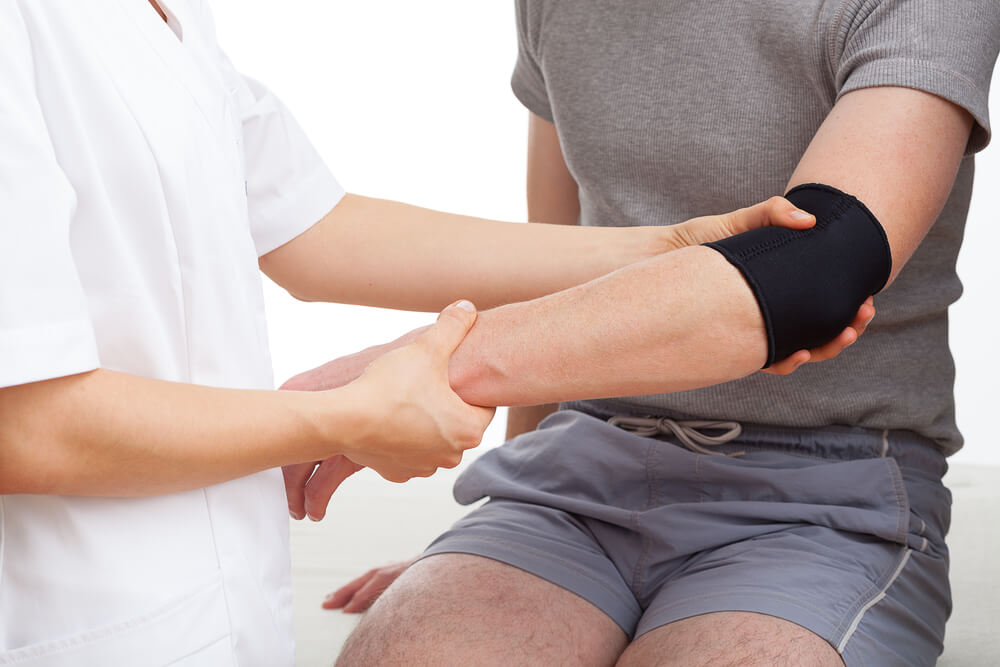Human bodies are incredible and they can handle a lot of stress. However, that doesn’t mean that every single part of your body will hold under pressure and force at any given time. After all, we’re not indestructible. Actually, orthopedic injuries seem to be some of the most common issues that doctors have to deal with these days. But what is an orthopedic injury, you may wonder? Well, these involve injuries that happen to your bones and muscles and include a lot more than just fractures and cramps. Take note of the following orthopedic injuries list so that you can be aware of the potential accidents and ways to deal with them.
Most Common Orthopedic Injuries
1. Wrist Fracture
Fracturing the wrist happens rather often in sports. It’s impossible to choose a sports activity that won’t put your wrists at risk. A fall, sudden blow, hit, etc. can all cause a wrist fracture. More often than not, all you’d need to deal with is a cast. But if you happen to be unfortunate enough to break some of the smaller wrist bones, you might need surgery.
2. Shoulder Dislocation
Shoulder dislocation doesn’t happen that easily. It’s actually a very rare issue. The good news is that it can be corrected rather quickly. The bad news is that once you get a dislocated shoulder, the chance of the same thing happening again is a lot bigger.
3. Stress Fractures
Stress fractures could be really tricky as they don’t cause as much pain as “traditional” fractures. This is why it’s not uncommon for these injuries to remain untreated for longer. As the name suggests, too much stress on an affected area is the biggest reason for the break. Usually, adequate rest is more than enough. However, if the injury doesn’t get treated in time, surgery might become necessary.
4. Ankle and Foot Sprains
Ankle and foot sprains are some of the most common orthopedic injuries. A sprain is not as serious as a fracture, which is why it usually takes some rest and ice compression for the soreness to go away completely. In case the ligaments and tendons get injured as well, more treatment would be required.
5. Tennis Elbow
Tennis elbow is not only an issue for tennis players. It’s just what it’s called. Essentially, this is damage to the elbow tendons due to the strenuous and repetitive muscle movement. More often than not, rest is all that’s necessary for the pain to subside.

6. ACL Tear
ACL tear involves the tear of the main knee ligament. It often happens due to the sudden knee turn. Pain and imbalance would follow, which can be dealt with by having some rest and physical therapy. However, if the tear is too severe, surgery might be the only solution.
7. Plantar Fasciitis
This particular orthopedic injury involves the stress of the foot ligament that stretches between toes and heels. Pain and swelling are common issues that can be fixed with proper rest and more comfortable footwear.
8. Rotator Cuff Tear
In case you stress the rotator cuff in your shoulder too much, it can tear. This will prevent you from making common circular motions and cause pain. Usually, rest and braces are the best solutions for fixing this problem. In very severe cases, surgery might be necessary.
9. Carpal Tunnel
Inflamed ligaments and tendons in your hands/arms can occur due to consistent and regular movements of your arms and hands. Pain and tingling are common side effects of the carpal tunnel. With physical therapy and braces as well as some prescribed meds, the condition should lessen soon enough.
10. Meniscus Tear
The meniscus is the cartilage on the knee that provides smooth and easy leg movement. However, when you move your leg awkwardly and suddenly, meniscus could end up torn. Again, the best course of action is to rest and go to physical therapy, unless the severity of the tear requires surgery.
Remember that the most important thing in case you hurt your bones or muscles is to seek medical help as soon as possible. Just because you might be able to take the pain doesn’t mean you should; not if you want to recover that is. Don’t hesitate to reach out to us at Worldwide Pediatrics and Primary Care Group for professional treatment and advice.



